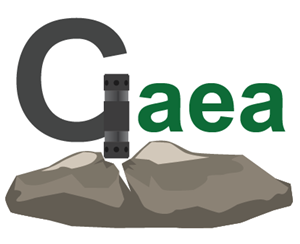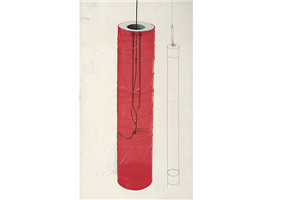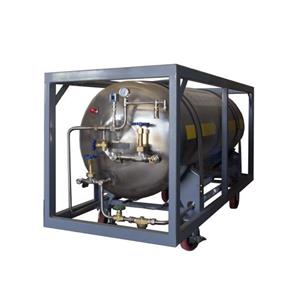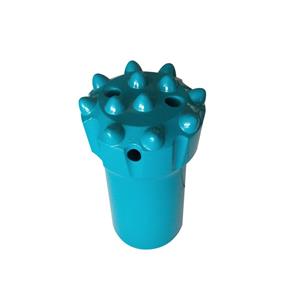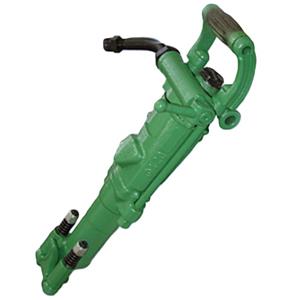Unlocking the proper use of rock drilling rods to improve construction efficiency
Rock drilling rods are a core tool in drilling operations. Correct use and proper maintenance play a key role in construction efficiency and cost control.
Before use
Quality inspection: Carefully check each rod for bending, deformation, cracks, or other defects. Verify dimensional compatibility. If any problems are found, replace or repair the rod immediately—do not neglect defects.
Matching equipment: Select rod specifications that precisely match the rig and percussion hammer model to ensure parameter compatibility and optimal rod performance.
Cleaning and lubrication: Remove all surface contaminants. Apply appropriate grease to connection areas and threads where friction occurs. This reduces friction and makes assembly/disassembly smoother.

During drilling operations
Correct installation
Secure connections: Ensure the rod is tightly and stably connected to the rig, hammer, and other components. Prevent loosening during drilling by tightening threads to the specified torque using the proper tools, avoiding rod loss or damage due to loose connections.
Maintain concentricity: Pay attention to alignment between the rod, rig spindle, and hammer. A misaligned rod causes uneven loading, accelerates wear, and may lead to breakage.
Control drilling parameters
Drilling pressure (WOB): Adjust feed pressure according to rock hardness, structure, and the rod’s load capacity. Increase pressure for hard rock within the rod’s limits; reduce pressure in soft formations to avoid excessive rod sway and wear.
Rotary speed: Set the rig speed to match the feed pressure. Lower speeds are generally preferred in hard rock to avoid excessive centrifugal and frictional forces; higher speeds can be used in soft rock to improve penetration, but avoid speeds that cause overheating or increased wear.
Impact frequency: For impact-type rods, set an appropriate impact frequency per rock type and rod characteristics. Higher frequency can be used in hard rock but monitor impact energy to avoid rod fatigue; reduce frequency in softer rock to lessen impact damage.
Keep cuttings removal effective: Ensure cuttings are removed from the hole promptly. Adjust air volume or water flow for proper hole cleaning. If cuttings removal is poor, stop drilling immediately, check for blockage in the flushing path, and clear it to prevent cuttings accumulation, increased rod wear, and higher resistance.
Monitor conditions Closely observe drilling parameters and rod behavior—penetration rate, pressure trends, rod vibration, etc. If penetration drops suddenly, pressure rises abnormally, or rod vibration becomes severe, stop drilling at once, diagnose the cause, and take corrective action. Promptly address issues such as interbedded hard formations, severe rod wear, or stuck pipe to avoid rod damage.
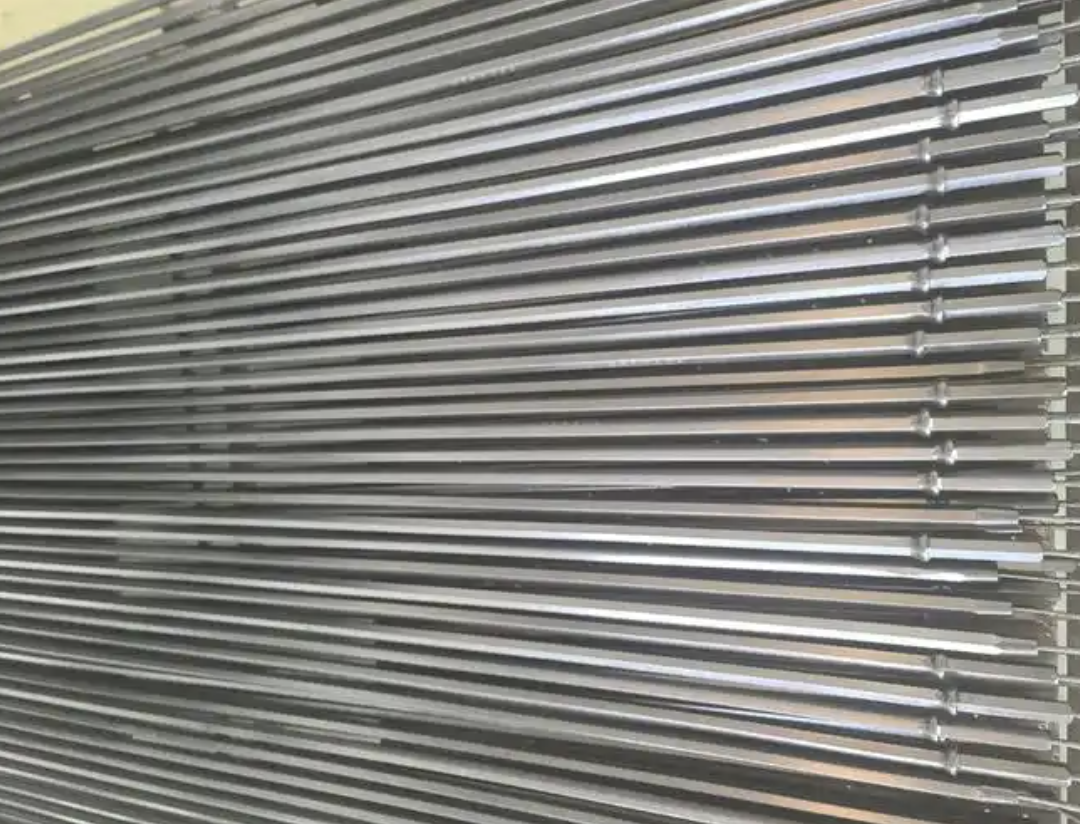
After use
Timely disassembly and cleaning: Remove rods promptly after drilling to avoid prolonged stress. Use proper tools and follow the correct sequence to avoid damaging connection points. Clean rods thoroughly to remove rock dust, mud, oil, and other contaminants.
Inspection and maintenance: Inspect rods for new damage—cracks, increased wear, bending, etc. Record any findings and take appropriate action based on severity: minor wear can be dressed or machined; severe damage requires replacement. Apply rust-preventive oil and grease as needed to prepare rods for the next use.
Proper storage: Store cleaned and inspected rods in a dry, well-ventilated location to prevent corrosion and mechanical damage. Place rods on dedicated racks or supports and organize them by specification and model for easy management and retrieval.
